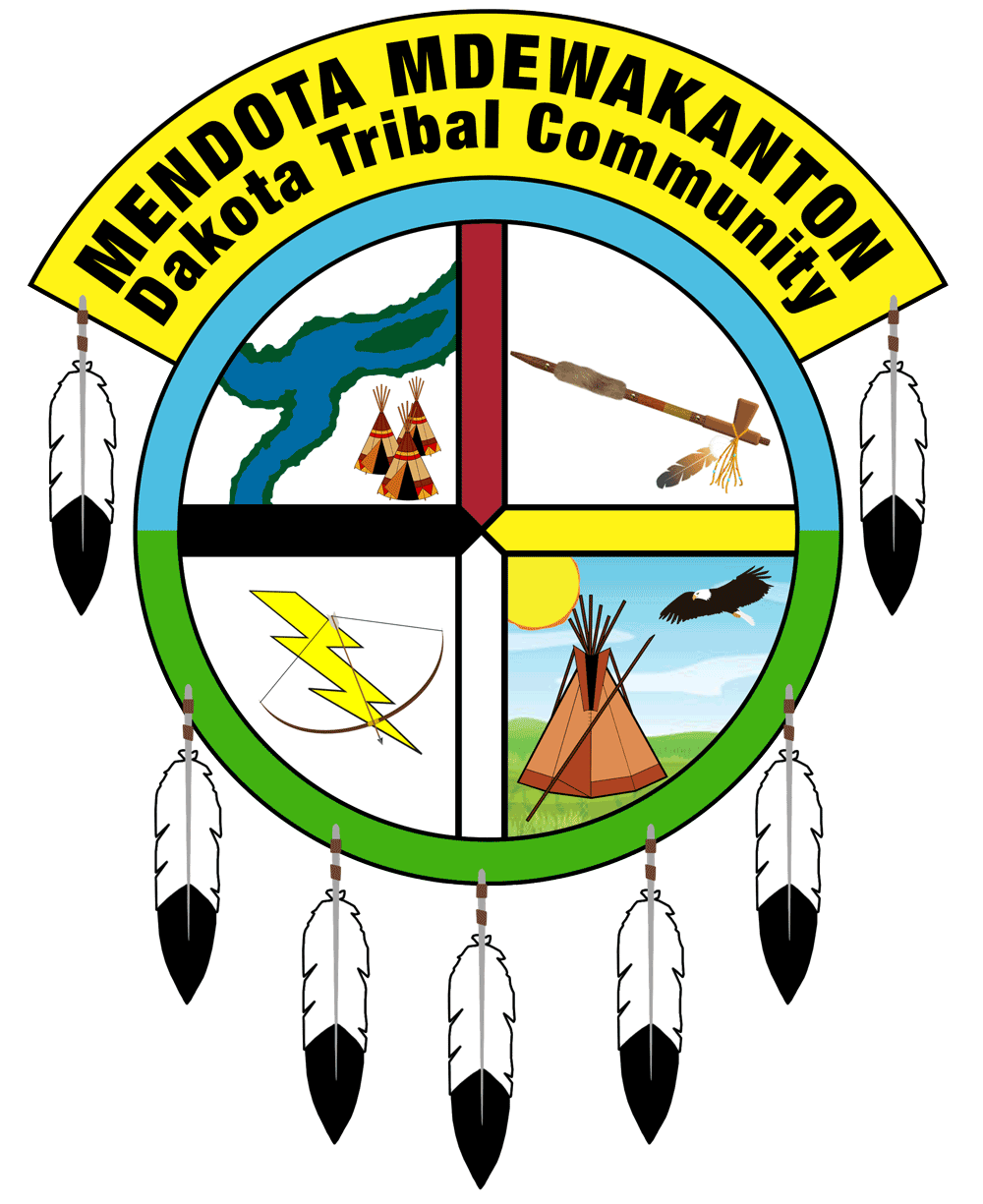Rosebud, Santee Sioux celebrate childrens’ remains return
The remains of nine Native American children were welcomed in Niobrara with prayers, teddy bears, balloons, and music on Friday.
Updated:
Saturday, September 25th 2021, 1:19 PM CDT
By Carolyn Conte
NIOBRARA — The remains of nine Native American children were welcomed in Niobrara with prayers, teddy bears, balloons, and music on Friday.
Hundred of students at Carlisle Indian Industrial School in Pennsylvania died in the early 1900’s, never to be seen again by their families back in the midwest.
Now, their remains are finally being returned to their descendants’ homeland.
“We’re bringing home children that were sent away and never given the opportunity to come home,” said Redina Redwing, a Santee EMS and Knox County Sheriffs’ Office employee as she decorated their route along Highway 12.
The century-overdue funeral procession to South Dakota stopped in Niobrara to mourn with Rosebud and Santee Sioux relatives. The mile-long caravan consisting of locals — and the 11 council members traveling cross-country — was welcomed with a fanfare of emotions.
The nation’s Vice President Sidney Tuttle said the history has left the community with emotional trauma.
“We call them wakanheja, sacred beings,” Tuttle said. “You know, I really didn’t feel it until I started seeing the signs and teddy bears. I have kids of my own and I started thinking what they look like and what those children might look like.”
Before Carlisle closed in 1918, it had buried 194 children on the property. Harsh conditions and disease were listed as the causes. Among them, Rosebud and Santee Sioux children now on their way to South Dakota: Rose Long Face (Little Hawk), Dennis Strikes First (Blue Tomahawk), Maud Little Girl (Swift Bear), Alvan (Kills Seven Horses) and Dora Her Pipe (Brave Bull).
It was an especially difficult day for direct descendants like Steve Moose.
“It’s heartbreaking but yet I’m happy about it, they’re finally going to be home,” Moose said.
His brother Joseph noted the return is significant to Native American communities as a whole.
“These boarding schools or schools that took our children to have them forget about their culture, language, people […] this is all coming out now, the truth is coming out,” he said, expanding that Canada and the U.S. are facing a reckoning.
The brothers hope that events like this will raise awareness about the history of Indigenous peoples in Nebraska and around the nation; and boost efforts to repatriate items and ancestors.
Many shared that desire for justice.
“I’m feeling frustrated,” said Isaiah Rodriguez, a nine-year-old.
The process of identifying the children’s bodies, who are as young as four years old, took about five years.
“I think about, how I would feel if my grandkids didn’t come home,” said one grandfather there. A teacher, Shania Redowl, teared up as she thought about the children she works with.
“Some of those children were as young as four. I wish I could decorate this whole Highway 12 orange. It’s what we deserve,” Redowl said.
Families told NCN, the best way to strengthen the movement to find these children lost so long ago is to keep spreading the word.
